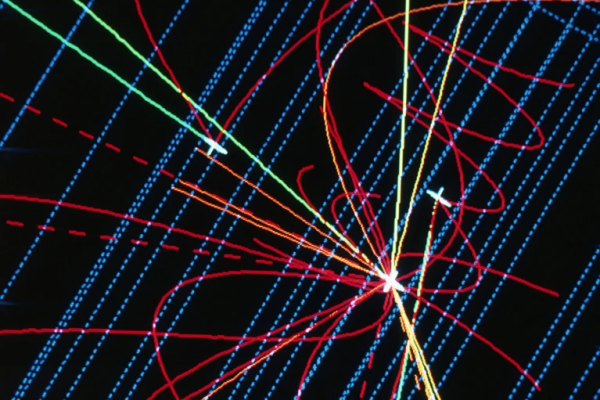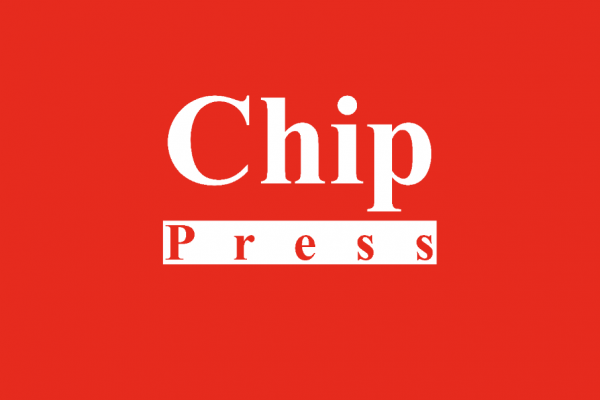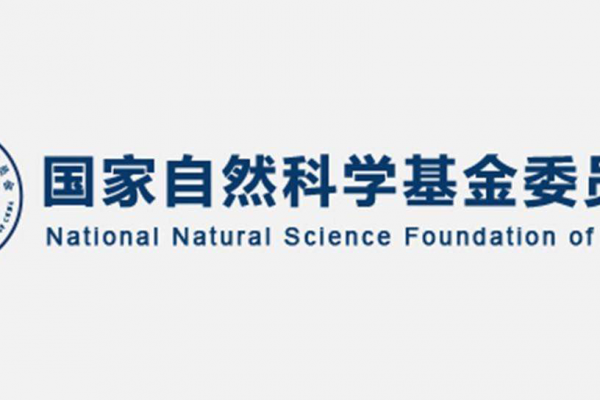Chip发表日本庆应义塾大学Takaya Sugiura团队长篇综述论文:用于独立大规模集成芯片和物联网应用的电路和器件
FUTURE远见| 2023-09-22
Future|远见
Future|远见future选编
近年来,随着计算能力和移动通信速度的不断提高,物联网(Internet of Things,IoT)变得比以往任何时候都更加重要。物联网不仅可以实现传感器节点收集的大数据访问,还可以实现计算机对小到设备、大到车辆或工厂的实时控制(如图 1)。自 2020 年5G 高速无线通信引入以来,物联网的可能性已大大扩展。预计数据传输速率约为 10-20 Gbps,这对自动驾驶、远程工作、扩展现实(XR)(包括虚拟现实(VR)、增强现实(AR)和混合现实(MR))等新应用至关重要。这些实时高速通信构成了新的智慧城市生活方式。先进的 6G 移动通信预计将在 2030 年出现,其应用范围有望大幅度扩展。
这些服务由互补金属氧化物半导体(CMOS)大规模集成(LSI)芯片提供,这些芯片通过无线电通信相互连接。LSI 芯片可在单个器件中集成多种类型的组件,如计算电路、无线通信设备和能量收集器。将这些组件集成到一个芯片中可以实现独立运行,这意味着只要芯片能够运行,计算节点就可以放置在任何地方,从而大大扩展了数据处理的可能性。
模拟 LSI 设计必须了解器件物理和电路现象。由于标准CMOS工艺专门设计晶体管(或二极管和无源元件),而不是其他半导体器件,因此,器件设计,特别是全集成器件的设计受到了一些限制。不过,这些器件将通过增加能量收集、传感和无线通信等应用和功能,拓展模拟 LSI 芯片的可能性。就电路拓扑而言,为了驱动这些器件,相应的电路必须实现新的应用和功能,如电荷泵、最大功率点跟踪和反向散射。如图 2 所示,独立 LSI 芯片上的元器件由电源、能量收集、功率调节器、应用单元和数据传输组成。独立 LSI 芯片设计需要了解每个组件,包括独特的物理特性(针对器件级)和拓扑结构(针对电路级),这给整个系统的设计带来了困难。
LSI 技术的最新改进实现了超越摩尔的 LSI²。本文回顾了面向 IoT³应用的模拟 LSI 技术。文章内容包括能量收集器(其中光学器件构想,如图3)、调节器、传感器和存储器、接口以及最新的重要技术。预计将应用于 XR⁴ 或智能尘技术⁵。
Circuits and devices for standalone large-scale integration (LSI) chips and Internet of Things (IoT) applications: a review¹
With the increase of computing power and mobile communication speeds in recent years, Internet of Things (IoT) has become much more important than ever before. IoT could realize not only big data accesses collected by the sensor nodes, but also real-time computer controls of objects ranging from small devices to vehicles or factories (see Fig. 1 for the conception). Since the introduction of 5G high-speed wireless communication in 2020s, the possibilities of IoT have been considerably expanded. A data transfer rate of approximately 10–20 Gbps is expected, which is essential for new applications such as automatic driving, tele-working, extended reality (XR) (including virtual reality (VR), augmented reality (AR) and mixed reality (MR)). These real-time high-speed communications form the new smart-city lifestyles. The advanced mobile communication of 6G is expected to appear in the 2030s, with its applications expected to be significantly expanded.
These services are provided by the complementary metal-oxide semiconductor (CMOS) large-scale-integration (LSI) chips, which are interconnected by wireless radio communications. LSI chips can integrate several types of components in a single device, such as computing circuits, wireless communication devices and energy harvesters. Integration of these components into one chip enables standalone operation, which means the computing nodes can be placed anywhere as far as the chip could operate, which thereby significantly expands the possibilities of data processing.
Analog LSI designs must understand both device physics and circuit phenomena. There are several restrictions for device designs, especially for fully integrated devices, since the standard CMOS processes specialize in designing transistors (or diodes and passive elements), rather than other semiconductor devices. However, these devices will expand the possibilities of analog LSI chips by adding applications and functions such as energy harvesting, sensing and wireless communication. For circuit topologies, in order to drive the devices, it will be necessary for the corresponding circuits to realize new applications and functions such as charge pumps, maximum power point tracking, and back-scattering. The components on standalone LSI chips diverse from the power sources by the energy harvesting, power regulators, application units and data transferring, as shown in Fig. 1. Every component is needed to be understood by standalone LSI chip designs, including the unique physics (for device levels) and topologies (for circuit levels) that make it difficult to design the entire system.
Recent improvements in LSI technologies enable more-than Moore LSIs². This article reviews Analog LSI technologies towards IoT³ applications. The article includes energy harvesters (optics devices conception, as shown in Fig. 3)), regulators, sensors and memories, interfaces and recent important technologies. Applications towards XR⁴ or smartdust technologies⁵ will be expected.
参考文献:
1. Sugiura, T., Yamamura, K., Watanabe, Y., Yamakiri, S. & Nakano, N. Circuits and devices for standalone large-scale integration (LSI) chips and Internet of Things (IoT) applications: a review. Chip 2, 100048 (2023).
2. Roy, K., Jung, B., Peroulis, D. & Raghunathan, A. Integrated systems in the more-than-Moore era: designing low-cost energy-efficient systems using heterogeneous components. IEEE Des. Test 33, 56-65 (2013).
3. Al-Fuqaha, A., Guizani, M., Mohammadi, M., Aledhari, M. & Ayyash, M. Internet of things: a survey on enabling technologies, protocols, and applications. IEEE Commun. Surv. Tutor. 17, 2347–2376 (2015).
4. Hosoi, J., Ban, Y., Ito, K. & Warisawa, S. I. Pseudo-wind perception induced by cross-modal reproduction of thermal, vibrotactile, visual, and auditory stimuli. IEEE Access 11, 4781–4793 (2023).
5. Niccolai, L., Bassetto, M., Quarta, A. A. & Mengali, G. A review of smart dust architecture, dynamics, and mission applications. Prog. Aerosp. Sci. 106, 1–14 (2019).
论文链接:
https://www.sciencedirect.com/science/article/pii/S2709472323000114
作者信息
Takaya Sugiura (杉浦 隆弥),日本庆应义塾大学理工学部电子工学科教授。以第一作者在高影响力期刊上发表了 20 多篇文章。他的研方向包括c-Si光伏、半导体压阻、硅光子学、模拟 LSI、电力电子学等。杉浦教授于 2022 年成为 IEEE 会员。
Takaya Sugiura is a Professor at Keio University. He publishes more than 20 journal articles as the lead-author to high-impact journals. His research interests include c-Si photovoltaics, semiconductor piezoresistance, silicon photonics, analog LSIs, power electronics and so on. He is a member of IEEE since 2022.
Nobuhiko Nakano(中野 诚彦),日本庆应义塾大学理工学部电子工学科教授。1995年获庆应义塾大学电气工学博士学位,2003年起担任庆应义塾大学理工学部准教授,2021年晋升教授。中野诚彦教授主要研究方向为制造技术,电子器件和装备,研究内容包括:大规模集成(LSI)、模拟电路设计、噪声模拟、生物传感、数字模拟。
Nobuhiko Nakano is a Professor at the Department of Electronics and Electrical Engineering, Keio University. He obtained his doctorate in Electrical Engineering from Keio University in 1995, and became an Associate Professor at the Department of Electronics and Electrical Engineering, Keio University in 2003. He was promoted to Full Professor in 2021. Prof. Nakano’s research fields are Manufacturing Technology, Electronic Device and Equipment. His research activities mainly include: large-scale integration (LSI), analogue circuit design, noise modeling, bio-sensing and numerical simulation.
关于Chip
Chip(ISSN:2772-2724,CN:31-2189/O4)是全球唯一聚焦芯片类研究的综合性国际期刊,已入选由中国科协、教育部、科技部、中科院等单位联合实施的「中国科技期刊卓越行动计划高起点新刊项目」,为科技部鼓励发表「三类高质量论文」期刊之一。
Chip期刊由上海交通大学出版,由Elsevier集团联合全球发行,并与多家国内外知名学术组织展开合作,为学术会议提供高质量交流平台。
Chip秉承创刊理念: All About Chip,聚焦芯片,兼容并包,旨在发表与芯片相关的各科研领域尖端突破性成果,助力未来芯片科技发展。迄今为止,Chip已在其编委会汇集了来自14个国家的70名世界知名专家学者,其中包括多名中外院士及IEEE、ACM、Optica等知名国际学会终身会士(Fellow)。
Chip第二卷第三期将于2023年9月在爱思维尔Chip官网以金色开放获取形式(Gold Open Access)发布,欢迎访问阅读本期最新文章。
爱思唯尔Chip官网:
https://www.sciencedirect.com/journal/chip




